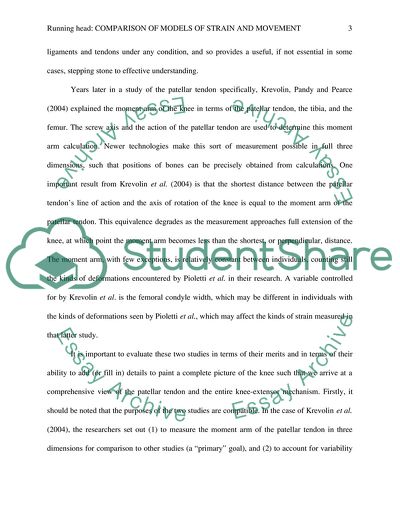Cite this document
(“A Comparative Analysis Regarding Models of Strain and Movement: The Article”, n.d.)
A Comparative Analysis Regarding Models of Strain and Movement: The Article. Retrieved from https://studentshare.org/social-science/1572025-review-article
A Comparative Analysis Regarding Models of Strain and Movement: The Article. Retrieved from https://studentshare.org/social-science/1572025-review-article
(A Comparative Analysis Regarding Models of Strain and Movement: The Article)
A Comparative Analysis Regarding Models of Strain and Movement: The Article. https://studentshare.org/social-science/1572025-review-article.
A Comparative Analysis Regarding Models of Strain and Movement: The Article. https://studentshare.org/social-science/1572025-review-article.
“A Comparative Analysis Regarding Models of Strain and Movement: The Article”, n.d. https://studentshare.org/social-science/1572025-review-article.


